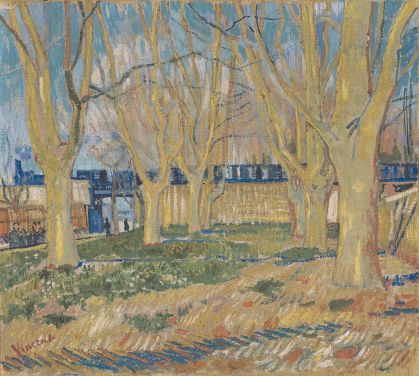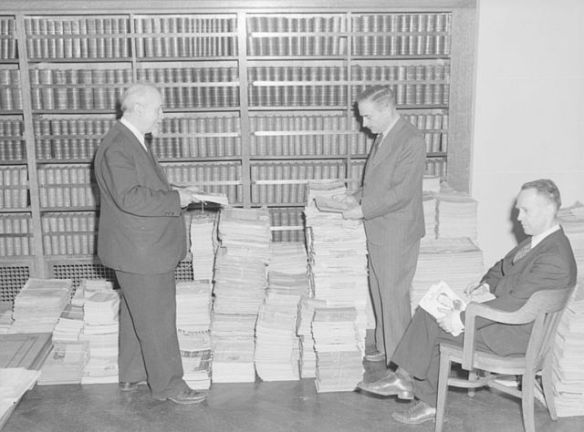
Image – artwork by Maureen Boyle
About two years ago I bought a photographic print by Maureen Boyle. She had quite a lot of prints on display – small and large of photographs she had taken in France and I was taking my time choosing. After all, I was aware that I might be selecting an image for a scene or scenes of a manuscript not yet written. I asked her endless questions. Some scenes were of Paris, from memory, others were taken in the Jura region and several of a chateau were what particularly drew me.
But let me step back a little. In November 2013 an idea came to me about writing the earlier history of a character that appears in my novel Tomaree. She would be nineteen or twenty in the year 1924 and we would find out what happened to her in those early years to shape the character she would become in 1942. In 2015 I realised that I was actually writing a trilogy and that in the second book Sarah would travel to Paris and research the movements of her grandmother in the 1870s. I knew that a chateau would feature in the second novel but where would the chateau be and what would it look like?
A chateau not far from Paris fascinated me but then I discovered Maureen’s photos of Chateau Chalon in the Jura district of Eastern France. I looked at several, well I think I did, of the chateau and finally selected a white framed print 8 x 5. I think it is a marvellous photo, put it in my spare room and promptly forgot about it.
Life intervened, as it always does and I didn’t finish the first full draft of Paris Next Week until a week before Christmas last year. I am now embarking on a second draft – tidying up the prose and checking some 281 points of research that need to be verified, expanded on or simply deleted because they are not relevant to the 1920s. I.e. “comes a cropper”; I hash tagged this remark made by my character Christopher Hyatt as I wasn’t sure how old it was. Turns out it’s pretty old and safe for my character to say. Hastag deleted. Current count is 247.
Back to the photograph. On the evening of Bastille Day, at the French Friday markets in Newcastle I met Maureen again and went through her photographs. I picked up one of the chateau and I told her that I had bought possibly the same chateau, but from another angle. She said she had taken a lot of photos that day. As I studied the photograph she showed me the same photo but much larger. Excited I bought the larger photo. The details were so much clearer of course. Not only was there a little Juliet balcony but a small enclosed tower next to it. I took the photo home that night and yes, you guessed it, I had bought the same photo.
No, I don’t have a bad memory. I have a particularly good visual memory. It just seemed to me as I contemplated the photograph for the second time that it was a different photograph. I was of course seeing it with new eyes. I like to think that this is a nudge to look much closer at something that has become an everyday part of my life. After this, it will be very hard now to chose another chateau.
PS I’ve just discovered that this is a photo of a house near the Chateau. More digging is now obviously required.




